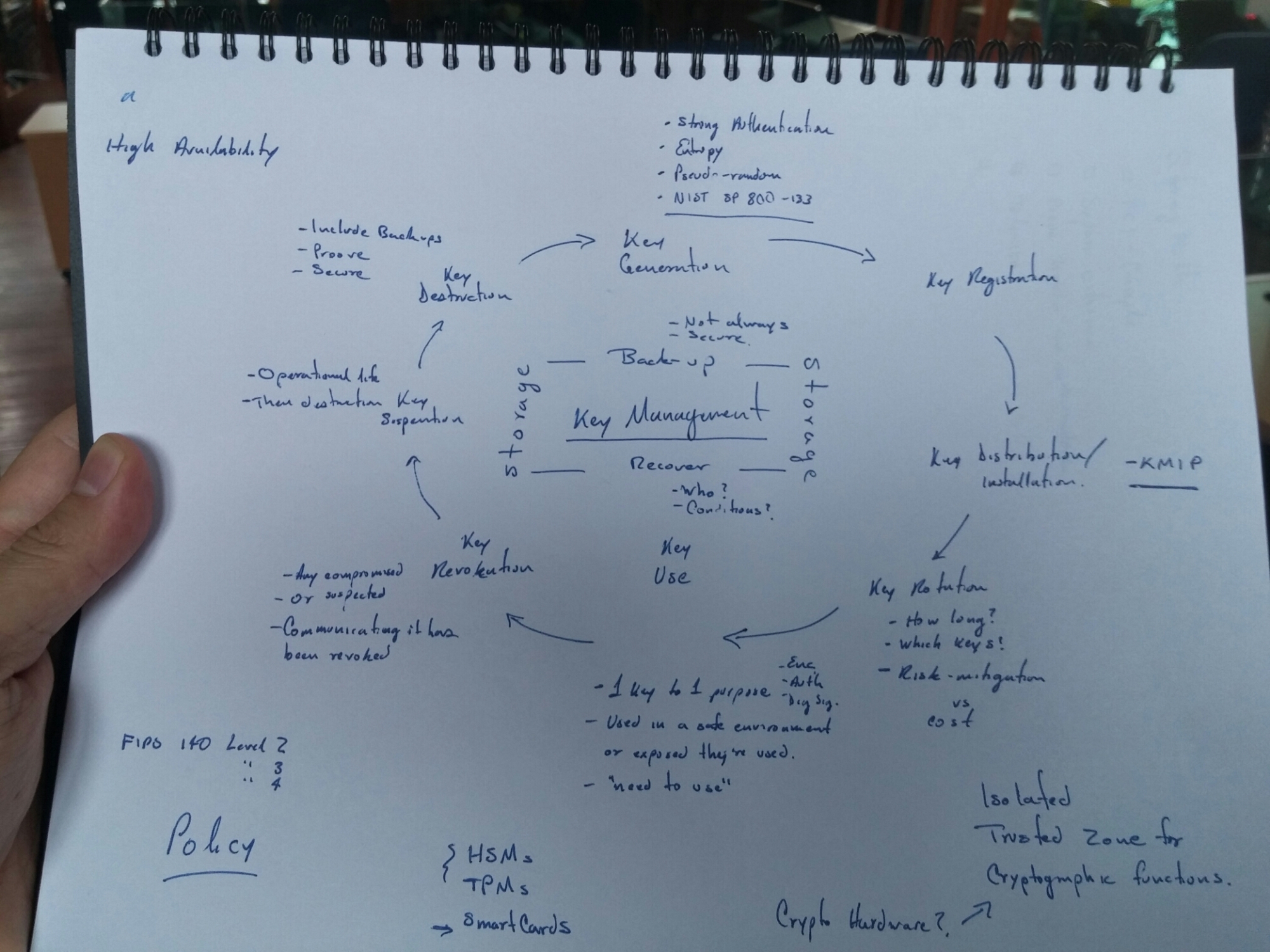

- KEYSTORE EXPLORER IMPORT X509 HOW TO
- KEYSTORE EXPLORER IMPORT X509 PASSWORD
- KEYSTORE EXPLORER IMPORT X509 FREE
KEYSTORE EXPLORER IMPORT X509 PASSWORD
Enter the keystore password when prompted (default: changeit), or specify the password in advance by appending the following flag to the keytool command: -storepass.keytool -importcert -trustcacerts -file -alias -keystore.These instructions cover importing the chain of trust, beginning with the root and ending with the Certificate Signing Request (CSR) reply. Repeat steps 1-4, unless the current cert is the Root CA (if this is the case, the AIA extension will be missing, and the cert's SKI and AKI will be identical).Examine the parent cert and verify that its SKI matches the AKI from the first step (if there are multiple certificates, check them all until a match is found).Examine the current certificate using Portecle and take note of the AKI.These instructions cover retrieving PKCS#7 certs and converting them to PEM-encoding. When finished, click OK to resume examining the current certificate.In the Extension Value, click the "CA Issuers" link whose URI starts with http.Click Extensions (keyboard shortcut: Alt+E).Note: A good rule of thumb for naming certificate files is to use information from the Subject's OU (e.g., if the Subject is "OU=Entrust NFI Test Shared Service Provider, OU=Certification Authorities, O=Entrust, C=US", a good file name might be "NFI-Test.pem"). Click OK (keyboard shortcut: Enter) to resume examining the certificate.

pem extension (this must be added manually, despite the Files of Type default of "PEM Files (*.pem)".
KEYSTORE EXPLORER IMPORT X509 HOW TO
Authority Information Access (AIA) - indicates how to access CA information and services for the issuer of the current certificate.Authority Key Identifier (AKI) - provides a means of uniquely identifying the public certificate whose corresponding private key was used to sign the current certificate.Subject Key Identifier (SKI) - provides a means of uniquely identifying that the current certificate contains a particular public key.The following extensions will be referenced in this document: To view x.509 extensions, click Extensions (keyboard shortcut: Alt+E). der).Ĭlick Examine (keyboard shortcut: Enter). Locate and select the relevant certificate file (select Files of Type "All Files" if the certificate's file extension is being filtered by default, e.g. Select Examine -> Examine Certificate (keyboard shortcut: Ctrl+E). Java -jar portecle.jar Examine Stand-Alone Certificates

This section is a short primer on the subset of Portecle's functionality necessary to import the chain of trust certificates, omitting steps that can be performed using only keytool or openssl.
KEYSTORE EXPLORER IMPORT X509 FREE
Portecle is a free GUI application for managing keystores and x.509 certificates.


 0 kommentar(er)
0 kommentar(er)
